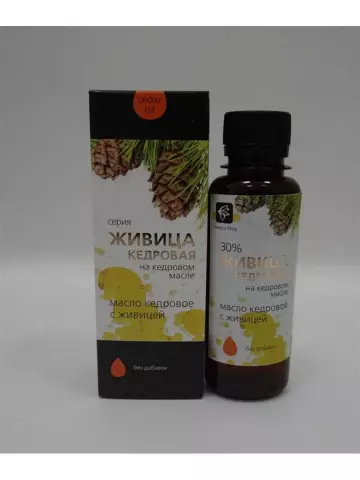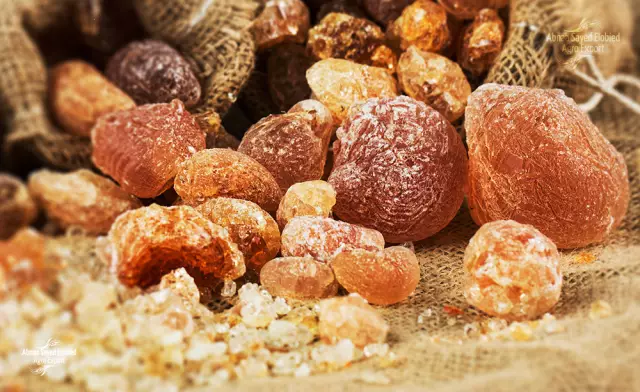- Author Rachel Wainwright [email protected].
- Public 2023-12-15 07:39.
- Last modified 2025-11-02 20:14.
Xanthan gum

Xanthan gum (food additive E415) is a natural polysaccharide obtained as a result of glucose fermentation by microorganisms of the genus Xanthomonas campestris. This bacterial culture is usually grown in large containers. Cultivation takes place under strict control over mixing, aeration, medium temperature and its chemical composition. The gum envelops the bacteria and makes it stick to the bacterial environment. A layer of this substance protects the cell from drying out and viruses.
Properties of xanthan gum
Xanthan gum is resistant to active natural enzymes found in herbs and spices, as well as to salts, acids and bases. The additive has high viscosity at low shear rate and concentration.
The most important and valuable property of a food additive is considered safety for the human body and high tensile strength. Xanthan gum is a very powerful thickener. It stabilizes solutions and emulsions. This product prevents slurry stratification and prevents sedimentation. Food additive E415 reduces the moisture loss of food during heat treatment and increases their shelf life.
Application of xanthan gum
Xanthan gum is used to stabilize solutions, increase elasticity and viscosity. It is added in the manufacture of creams, jams, jellies and all kinds of sauces, dairy products (desserts, yoghurts, cheeses), bakery products. In the meat processing industry, gum is used to retain moisture in the finished food product in the manufacture of sausages, minced meat, and canned meat. In the production of multicolored ice cream, it is used so that different colors of the product do not mix.

The moisturizing and water-retaining properties of this substance are used in the cosmetic industry in the production of gels, creams, lotions, masks, foams, as well as toothpastes and mouth rinses. The additive improves the texture of cosmetics, makes them more homogeneous and increases foaming. Xanthan gum smoothes the skin and forms a protective film on its surface. It restores its elasticity and helps to maintain the water-fat balance of the skin. It is also used in the paint and varnish industry, as well as in the production of animal feed. In the pharmaceutical industry, gum is used in the production of anticoagulants, blood substitutes, as well as in the preparation of capsules, suspensions and microcapsules.
The food additive is gradually added to an aqueous solution or food product, stirring thoroughly. The additive mixes well with various substances, while forming stable suspensions and elastic gels.
The harm of xanthan gum
To date, there is no official data on the dangers of xanthan gum. This natural food supplement is approved for use in the manufacture of food products for baby food. This compound is not digested in the digestive tract and is not absorbed by the body. With excessive consumption of foods containing xanthan gum, signs of gastrointestinal distress (bloating, flatulence) may appear.
Found a mistake in the text? Select it and press Ctrl + Enter.






